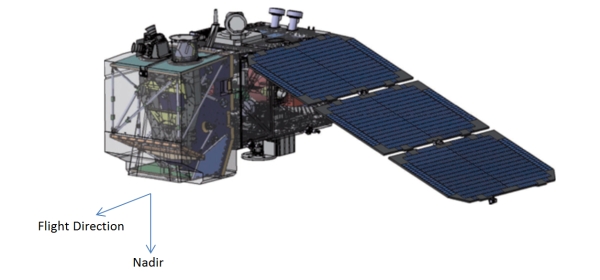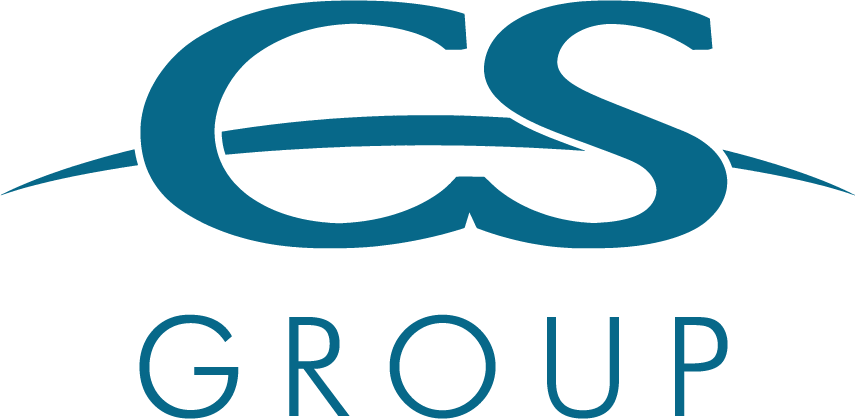As discussed in our previous article, Sentinel 2B was launched this week. Sentinel 2A was launched in may 2015. Part of our flight dynamics team have supported this launch and will continue to support ESA/ESOC during all the LEOP activities (http://c-ssystems.de/sentinel-2b-flight-dynamics-activities-around-satellite-launch/)
But what are we talking about ?
Let focus a little more on the sentinel 2 mission.
SENTINEL-2 is a European wide-swath, high-resolution, multi-spectral imaging mission.
The full mission specification of the twin satellites flying in the same orbit but phased at 180°, is designed to give a high revisit frequency of 5 days at the Equator. Each of the SENTINEL-2 satellites weighs approximately 1.2 tonnes, and is designed to be compatible with small launchers like VEGA and ROCKOT. The satellite lifespan is 7.25 years, which includes a 3 month in-orbit commissioning phase. Batteries and propellants have been provided to accommodate 12 years of operations, including end of life de-orbiting manoeuvres. They will carry each an optical instrument payload that will sample 13 spectral bands: four bands at 10 m, six bands at 20 m and three bands at 60 m spatial resolution. The orbital swath width will be 290 km.

Source: https://sentinel.esa.int




